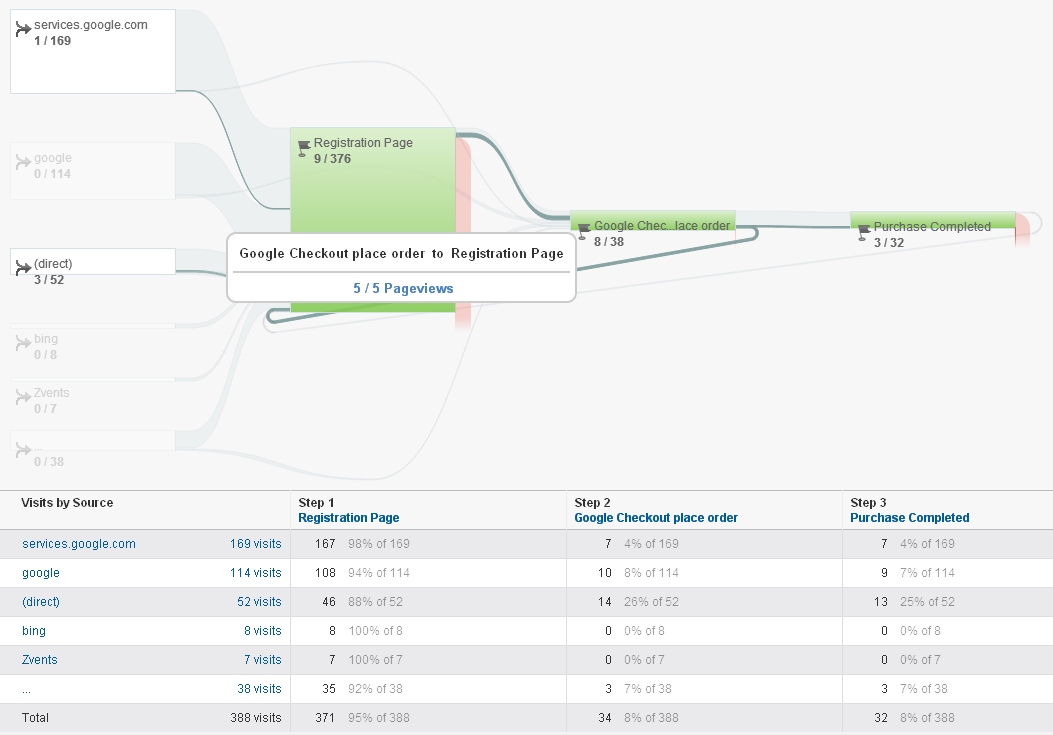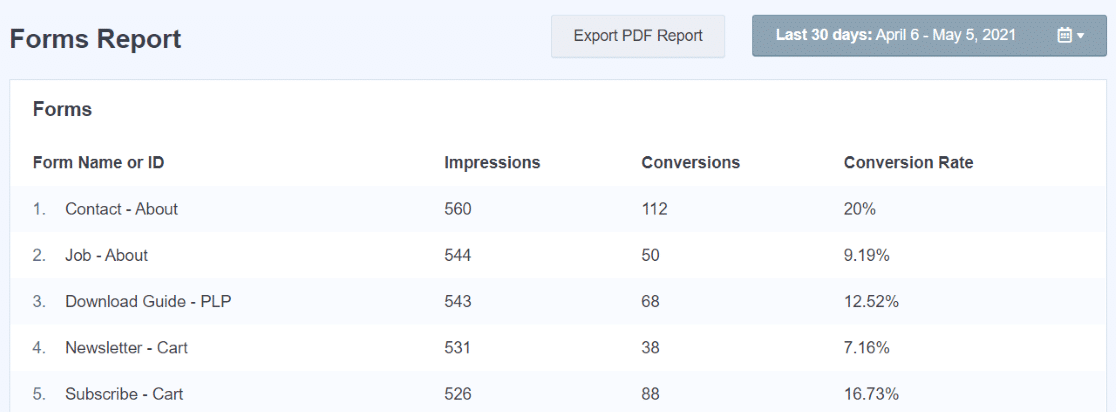What Data Is Google Analytics Goals Unable to Track: Discover the Limitations
What Data Is Google Analytics Goals Unable to Track: Discover the Limitations
Blog Article
Revealing the Blind Attractions: Recognizing What Google Analytics Goals Can not Gauge
In the world of electronic analytics, Google Analytics stands as a powerful tool for tracking and analyzing online customer communications. Understanding what Google Analytics objectives can not gauge is critical for gaining a thorough view of user behavior and involvement.
User Habits on External Platforms
Comprehending exactly how users communicate on outside systems is important for optimizing on-line approaches. Exterior systems, such as social networks networks, referral websites, and online discussion forums, play a substantial duty in driving website traffic to a business's web site. By evaluating individual behavior on these systems, businesses can acquire important understandings right into the performance of their advertising initiatives and the choices of their target audience.
One secret aspect of customer actions on external systems is the referral resource. By tracking where the customers are originating from, companies can determine which platforms are driving the most traffic to their internet site. This info can aid business allot their resources more effectively, concentrating on the systems that generate the very best outcomes.

Offline Conversions and Communications
Analyzing user actions on exterior systems supplies important insights into on-line approaches; however, taking into consideration offline conversions and communications is just as vital for a detailed understanding of a firm's overall performance. While Google Analytics stands out at tracking on-line interactions, it drops short in recording the complete customer journey that typically includes offline touchpoints. Offline conversions, such as in-store purchases or phone inquiries, play a substantial role in numerous companies' success. Overlooking these interactions can lead to an altered sight of the performance of advertising and marketing projects and overall organization performance.

Acknowledgment Beyond Last Click
When diving into the realm of digital advertising and marketing analytics, it comes to be vital to look past the solitary touchpoint of the last click for a more extensive understanding of attribution. While Google Analytics offers beneficial understandings right into customer behavior, relying entirely on last-click acknowledgment can be limiting - what data is google analytics goals unable to track. Attribution models that exceed the last click use an extra nuanced sight of the client trip, thinking about all the touchpoints that bring about a conversion
Attribution beyond the last click allows online marketers to designate debt to various communications along the conversion course, providing a clearer image of the performance of various advertising and marketing networks. By checking out multi-touch attribution versions such as direct, time decay, or position-based attribution, businesses can much better designate their advertising budgets and maximize their methods for optimal effect.
Comprehending the influence of each touchpoint in the conversion procedure is critical for making informed decisions and optimizing ROI. By embracing acknowledgment past the last click, businesses can acquire much deeper understandings right into customer behavior and browse around here tailor their marketing initiatives better.
Cross-Device and Cross-Browser Monitoring

Similarly, cross-browser monitoring matches cross-device monitoring by catching customer habits as they change between various internet browsers. Understanding exactly how individuals connect with sites on different browsers can assist marketing professionals Recommended Reading optimize their on-line experiences to ensure uniformity and performance throughout various platforms.
Qualitative Information and Customer Intent
Understanding customer intent with qualitative data analysis is critical for establishing targeted digital advertising strategies that reverberate with the needs and choices of the target audience. Qualitative data offers understandings into the 'why' behind customer actions, losing light on motivations, feelings, and preferences that measurable information alone can not capture. By evaluating customer comments, remarks, and interactions, marketing professionals can uncover important details about user intent, allowing them to tailor their messaging, material, and offerings to much better straighten with what their audience is seeking.
Qualitative information additionally aids in understanding the context in which customers engage with a site or application. This contextual understanding enables marketing experts to create more pertinent and individualized experiences, eventually driving higher interaction and conversion rates. By diving into user intent with qualitative information analysis, companies can get a deeper understanding of their target audience, causing much more reliable advertising and marketing approaches that meet individuals' demands and expectations.
Final Thought
To conclude, Google Analytics objectives have limitations in measuring customer behavior on outside systems, offline conversions, acknowledgment past last click, cross-device and cross-browser tracking, and qualitative data associated to visit our website user intent. what data is google analytics goals unable to track. It is very important for companies to be conscious of these blind spots in order to supplement their information evaluation with other tools and methods to gain a much more comprehensive understanding of their audience and boost their overall electronic advertising techniques
By assessing user habits on these platforms, companies can obtain beneficial understandings right into the efficiency of their advertising and marketing initiatives and the preferences of their target audience.
Examining individual behavior on outside platforms supplies beneficial understandings into online approaches; nonetheless, thinking about offline conversions and communications is equally necessary for an extensive understanding of a firm's total performance.In digital marketing analytics, relocating beyond last-click attribution to explore cross-device and cross-browser monitoring is crucial for getting an all natural understanding of individual interactions across different systems and tools. By analyzing individual feedback, comments, and interactions, marketers can uncover useful details regarding customer intent, allowing them to customize their messaging, content, and offerings to much better line up with what their audience is looking for.
By diving right into user intent via qualitative data analysis, services can obtain a deeper understanding of their target audience, leading to much more efficient advertising and marketing strategies that fulfill customers' assumptions and requirements.
Report this page